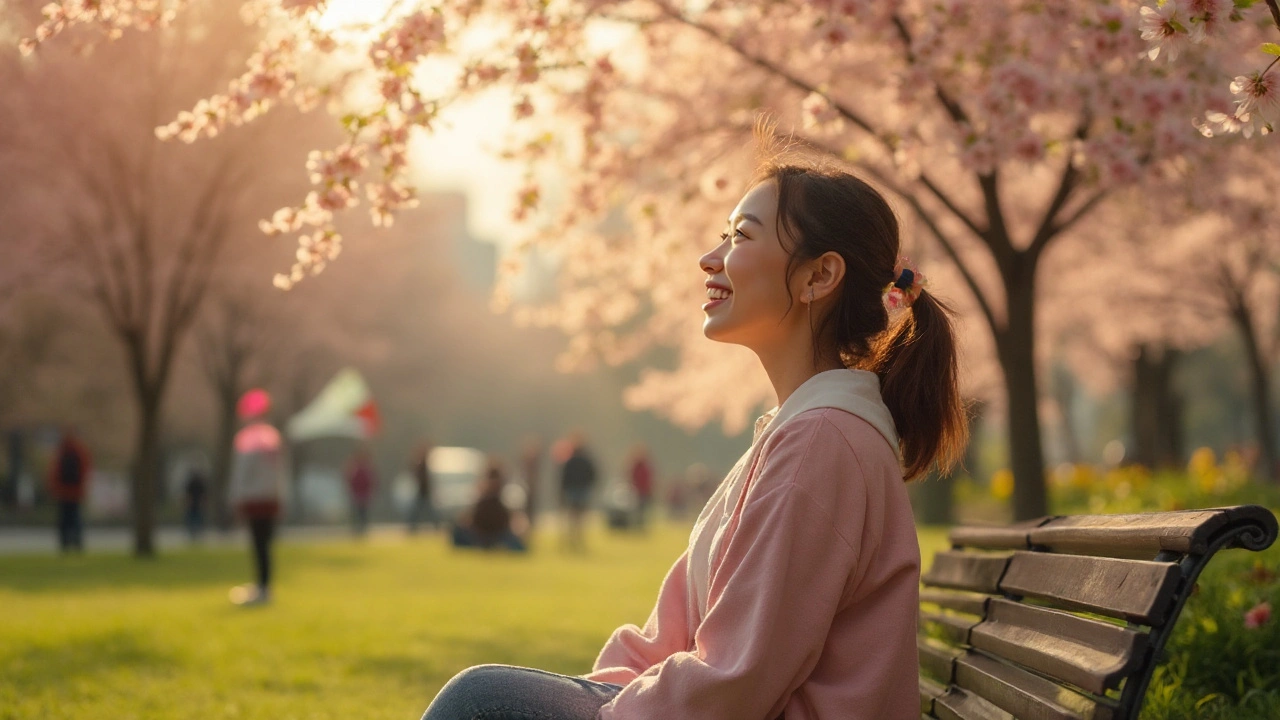Hay Fever Guide: Simple Relief Tips & What to Watch For
Hay fever shows up when pollen hits your nose and eyes, making you sneeze, itch, and feel miserable. It’s not just a spring problem – it can flare up in summer or fall depending on the plants around you. The good news? You can keep the worst of it under control with a few practical steps you can start today.
What Triggers Hay Fever?
Most people blame trees, grasses, and weeds. Tree pollen dominates early spring, grass takes over late spring to early summer, and ragweed rules the late summer months. Even a light breeze can carry tiny pollen grains into your home through open windows. Inside, dust mites and pet dander can act like pollen for some folks, so don’t ignore indoor sources.
If you’re not sure what’s bothering you, keep a simple diary. Note the day, weather, where you were, and what symptoms you felt. After a week you’ll start to see patterns – maybe a certain park or a specific time of day. That information lets you avoid the worst exposures or plan your medication better.
How to Ease the Symptoms
First‑line relief often comes from over‑the‑counter antihistamines. They block the chemical that makes you itchy and sneezy. Non‑sedating options let you stay alert, while older “sleepy” formulas can help if symptoms keep you up at night.
Nasal sprays are another quick fix. A saline rinse clears pollen from the lining of your nose, reducing irritation. If you need stronger relief, steroid nasal sprays shrink inflamed tissue but should be used as directed.
Here are a few low‑tech tricks that work for many people:
- Close windows on high‑pollen days and use air conditioning with a clean filter.
- Shower and change clothes after spending time outdoors to rinse pollen off your skin and hair.
- Wear sunglasses on windy days; they act like a barrier for your eyes.
- Wash bedding weekly in hot water to combat dust mites.
Some folks find relief with natural options like butterbur extracts or local honey, but the evidence is mixed. If you try them, keep track of how you feel and discuss results with a pharmacist or doctor.
When symptoms are severe or don’t improve with OTC meds, it’s time to see a healthcare professional. Prescription antihistamines, leukotriene modifiers, or allergy shots (immunotherapy) can provide long‑term control, especially if you have asthma or chronic sinus issues.
Bottom line: know your triggers, use a combination of meds and simple habits, and don’t wait for a flare to get help. With the right plan, hay fever can stay in the background instead of stealing the spotlight in your day.
Bilastine for Hay Fever: Fast Relief for Seasonal Allergy Sufferers
- Cheryl Moran
- August 29, 2025
- 12 Comments
Discover how Bilastine works, how it compares to other antihistamines and the safest way to use it for hay fever relief this season.
read more